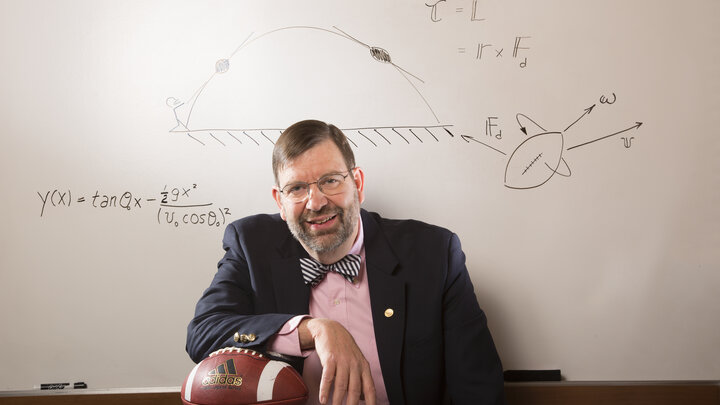Update: NASA has created a project page for UNL DANSON. Please visit this website for further updates on the research project.
Peter Dowben, Axel Enders, and their team developed a detector that will be carried to the International Space Station on Monday, Oct. 17. The NASA cargo delivery mission will launch from Wallops Flight Facility in Virginia with several research experiments. Orbital ATK, a private company, built the Antares rocket and Cygnus spacecraft that will transport the detector.
The cargo resupply mission contains over 5,100 pounds of research equipment, supplies, and vehicle hardware. It is Orbital ATK’s sixth resupply mission.
Nebraska’s contribution, UNL DANSON (the University of Nebraska–Lincoln Detector for the Analysis of Solar Neutrons), is a multi-element neutron detector system that can detect solar neutron production in the region of 1 eV to 2 MeV neutron energies. The UNL DANSON includes a mechanism for the subtraction of the proton flux to correctly obtain solar neutron production and mean steady state neutron energies.
UNL DANSON complements the existing solar neutron telescope, designed and launched in 2009. Current solar neutron telescopes measure radiation levels at significant neutron energies typically associated with solar flares.
UNL DANSON will aid in the search for neutrons of lower kinetic energies. Solar neutron detection on Earth’s surface is challenging because proton and alpha ion collisions with our atmosphere result in neutron production. The ISS is a more ideal location in the search for lower energy solar neutrons.
Hurricanes Matthew and Nicole delayed the original launch of the Antares rocket, initially scheduled for Oct. 13.
Watch the launch live Oct. 17 at 7:40 p.m. EDT on NASA Television or outside under a clear sky if you live on the east coast.
Photo: NASA/Bill Ingalls




